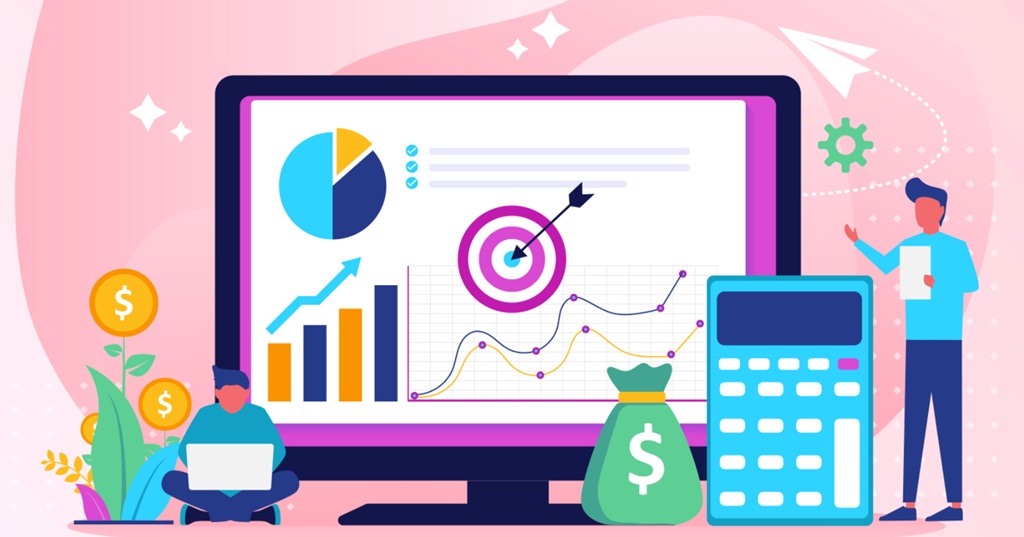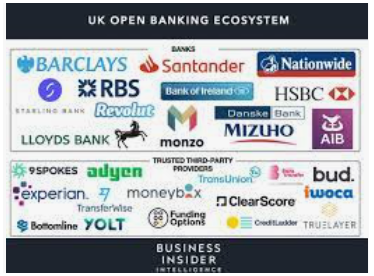In the ever-evolving landscape of digital marketing, measuring and improving Return on Investment (ROI) stands as a paramount concern for businesses of all sizes. The ability to quantify the effectiveness of your marketing efforts is crucial for making informed decisions and optimizing your strategies for maximum impact. This comprehensive guide delves into the intricacies of measuring and enhancing your digital marketing ROI, providing actionable insights to drive success.
Understanding Digital Marketing ROI
At its core, digital marketing ROI is a measure of the profitability of your marketing campaigns. It quantifies the revenue generated in relation to the costs incurred. A positive ROI indicates that your marketing efforts are yielding a profit. A negative ROI suggests that your campaigns are not generating enough revenue to cover the costs.
Key Metrics for Measuring ROI
To effectively measure your digital marketing ROI, it’s essential to track a variety of key metrics that provide insights into the performance of your campaigns.
Some of the most crucial metrics include:
- Cost per Acquisition (CPA): CPA measures the average cost of acquiring a new customer or lead. A lower CPA indicates that your campaigns are more efficient in generating conversions.
- Customer Lifetime Value (CLV): CLV represents the total revenue a customer is expected to generate throughout their relationship with your business. A higher CLV indicates that your customers are more valuable and likely to generate more revenue over time.
- Return on Ad Spend (ROAS): ROAS specifically measures the revenue generated for every dollar spent on advertising. A higher ROAS signifies that your advertising campaigns are generating a significant return on investment.
- Conversion Rate: The conversion rate measures the percentage of visitors who take a desired action, such as making a purchase or filling out a form. A higher conversion rate suggests that your campaigns are effectively driving conversions.
Strategies for Improving ROI
Once you have a clear understanding of your current ROI, you can implement various strategies to improve your results.
Some of the most effective strategies include:
- Targeted Campaigns: Focusing your marketing efforts on specific target audiences. Increases the relevance of your messaging and improves the likelihood of conversions. Conduct thorough market research to identify your ideal customers and tailor your campaigns accordingly.
- Compelling Content: Creating high-quality, engaging content that resonates with your audience is essential for capturing their attention and driving conversions. Focus on providing valuable information and addressing their pain points.
- Optimized Landing Pages: Ensure that your landing pages are optimized for conversions by providing a clear call to action, minimizing distractions, and ensuring fast loading times. A well-optimized landing page can significantly improve your conversion rates.
- A/B Testing: Continuously test different elements of your campaigns, such as headlines, images, and calls to action, to identify what resonates best with your audience. A/B testing allows you to optimize your campaigns for maximum effectiveness.
- Data-Driven Decisions: Leverage data and analytics to gain insights into the performance of your campaigns and make informed decisions. Analyzing data allows you to identify areas for improvement and optimize your strategies.
Related: How digital marketing can support your business
Tools for Measuring and Improving ROI
A variety of powerful tools are available to assist you in measuring and improving your digital marketing ROI.
Some of the most popular tools include:
- Google Analytics: Google Analytics is a comprehensive web analytics platform that provides detailed insights into website traffic, user behavior, and conversions.
- Google Ads: Google Ads is a pay-per-click advertising platform that allows you to target specific keywords and demographics.
- Social Media Analytics: Most social media platforms offer built-in analytics tools that provide insights into the performance of your social media campaigns.
- Marketing Automation Platforms: Marketing automation platforms streamline your marketing efforts by automating repetitive tasks and providing advanced analytics.
Conclusion
Measuring and improving your digital marketing ROI is an ongoing process that requires continuous monitoring, analysis, and optimization. By tracking key metrics, implementing effective strategies, and leveraging powerful tools. You can maximize the effectiveness of your marketing efforts and drive significant business growth. Remember, a data-driven approach and a focus on providing value to your audience are key to achieving long-term success in the dynamic world of digital marketing.





